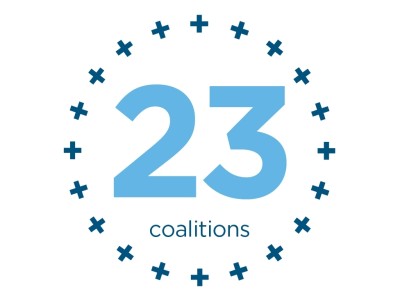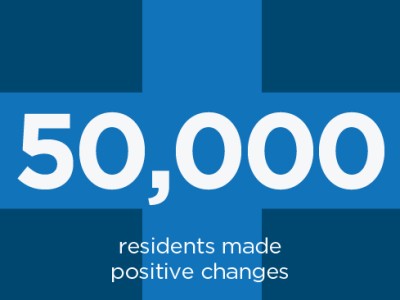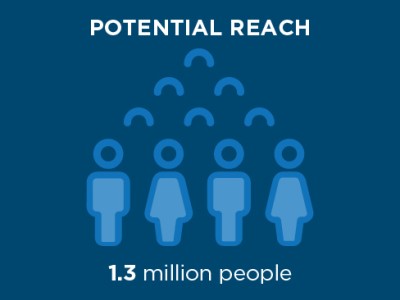The North Carolina morning is heating up by the time Ms. Young’s second-graders spill from their classroom to gather outdoors. They’ll spend the next 15 minutes looping the East Rockingham Elementary School track — a welcome break that helps them burn calories, re-energize for classwork and develop healthy habits. Called The Daily Mile, the practice aims to improve the physical, emotional and social health of children regardless of age or circumstances.
“It’s such a part of their routine they’ll ask me, ‘Isn’t it time for The Daily Mile?’” Julie Young says. “It’s a great way for them to get a little exercise and take a nice brain break.”
Eight-year-old Natalia agrees. As she sets a steady pace in her pink sneakers, she says this is sometimes her only exercise outside Physical Education classes.
“After school, I sit and watch TV because my mom wants me to stay inside until she gets home,” she says. “The Daily Mile gives me a chance to walk and talk to my friends.”
Live, Work, Play
A teacher in England began The Daily Mile in 2012 to encourage her students to run, walk or jog each day during a 15-minute break from class. The concept became popular across the U.K. and Europe — and now some 3,600 elementary schools in 35 countries participate.
The first schools in the U.S. to offer The Daily Mile were in North Carolina’s rural Montgomery and Richmond counties. Funding came through The Duke Endowment’s Healthy People, Healthy Carolinas initiative, which helps communities in the Carolinas address chronic health issues such as obesity, diabetes and heart disease. The idea is to seek improvement at a grassroots level by looking at what affects health locally — including opportunities to exercise in a safe environment.
Launched in 2015, Healthy People, Healthy Carolinas began in five N.C. regions — including Montgomery/Richmond — and has expanded to 20 coalitions across both North Carolina and South Carolina. The coalitions adopt evidence-based and evidence-informed interventions, many focusing on policy, environment and infrastructure in the places where people live, work and play.








